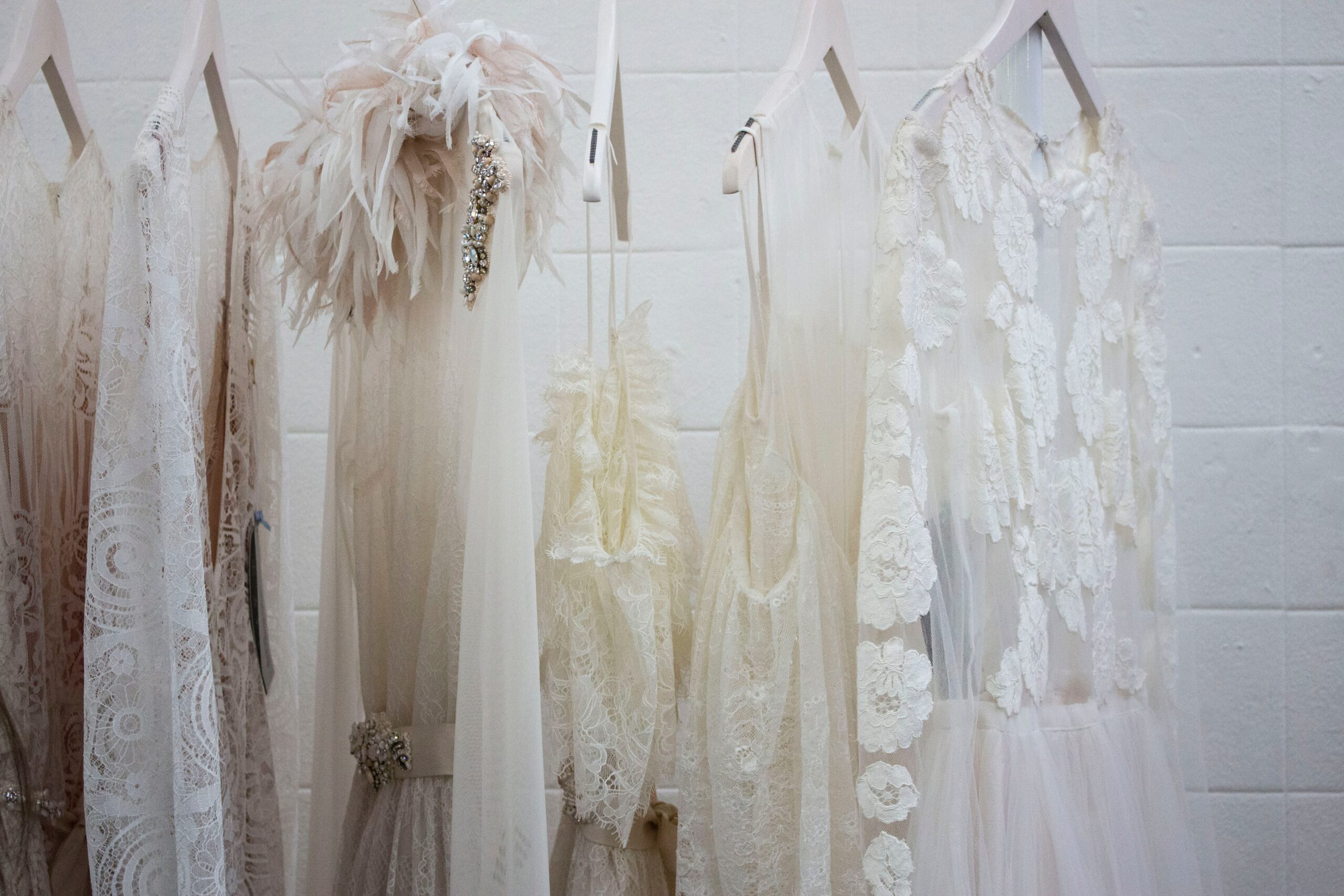Textile and Costume History Museum in Barcelona

The very fact that the museum is housed in a magnificent palace makes it unique. The palace once belonged to the Marquis de Llio, and its exact name is Palau del Marquós de Llió. It was later purchased from the owner by the Barcelona City Hall specifically to house a cultural institution. The deal took place in 1955, but it took about 10 years to prepare the building for conversion into a museum and to renovate it. It wasn't until 1969 that the Museum of Textiles finally moved into the palace, which even houses the indonesian loom woven textile.

The museum's collection began with a collection of costumes donated to it by Manuel Rocamora i Vidal. Some 3,500 pieces of both women's and men's wardrobe were donated by Racomora. Among others is an Egyptian tunic from the 7th century AD, the oldest item in the museum.
The 17th-century garments are a must-see for true connoisseurs of the art of fashion, not the least of which are the famous Castilian cloaks. They are made of silk and velvet, embroidered with expensive gold threads and are fairly short in length, as was the custom at the time.
The 17th century was dominated by French fashion with little Spanish influence. Predominantly a collection from this century includes garments embellished with silk embroidery. This is the style of Louis 15, a rather modest one. Unlike the costumes of the Catalan nobles, which are more than pompous and lavish.
Here the museum houses the very authentic items worn by the dukes of Sòria, Medinaceli and Osuna. The rhinestone silk dresses with hand embroidery designed by the masters of the Guilleries, the fashion house of Barcelona, are a must. They too are clearly inspired by French fashion. Later, after the French revolution the style of Ancient Rome and Greece gradually became fashionable. Clothing gained a characteristic simplicity and straightforwardness of form.
Women's fashion in the 19th century was much more changeable than that of men. That is why the wardrobe collection of this century is represented more by women's outfits. One can feel the predominance of the same French styles Empire, Consulate and Directoire.
One should separately consider Romanticism. This style was particularly popular when in the second half of the 19th century they started using creolin to give more volume to the clothes. You have to look at the 2 unique dresses from the 60s and 70s of the 19th century. Their creation is inextricably linked to the first couturier of haute couture, Charles Frederick Worth. Spain's fashion trends can best be traced on Nouveau pieces. Catalan fashion designers Maria Molist and Carolina Montagne are the originators of these original creations. Their names resoundingly resonate in bygone times. For the first time, their collections, Art Déco and Noucentista, are based on completely new principles, breaking out of the mainstream fashion norms of the time. The outfits don't sculpt the figure and hide the imperfections with their straightforward cuts.
One shouldn't overlook what was worn in the not too distant past. The museum has brought together the best pieces from leading Italian designers: Josep Ferrer, Cristóbal Balenciaga, El Dique Flotante, Elio Berhanyer, Asunción Bastida, Antonio Miró, Antonio Meneses, Andrés Andreu, Pedro Rodríguez, as well as the inimitable Lydia Delgado and others. Samples of famous European fashion houses, in addition to the listed designer pieces, are also presented in this museum: Chanel, Carven, Mme, Pierre Cardin, Pierre Balmain, Emilio Pucci, Alaïa, Azzédine and many others.
In addition to unique dresses, the museum displays a rich collection of shoes, accessories and accessories (gloves, handbags, shoes, ties, canes, brooches, hairpins, hats).
There is also a collection of famous mannequins. Some of them were brought back from famous fashion shows, others were once decorations in famous shops.
The Museo BARCELONA also has a huge collection of fashion magazines from all over the world.
